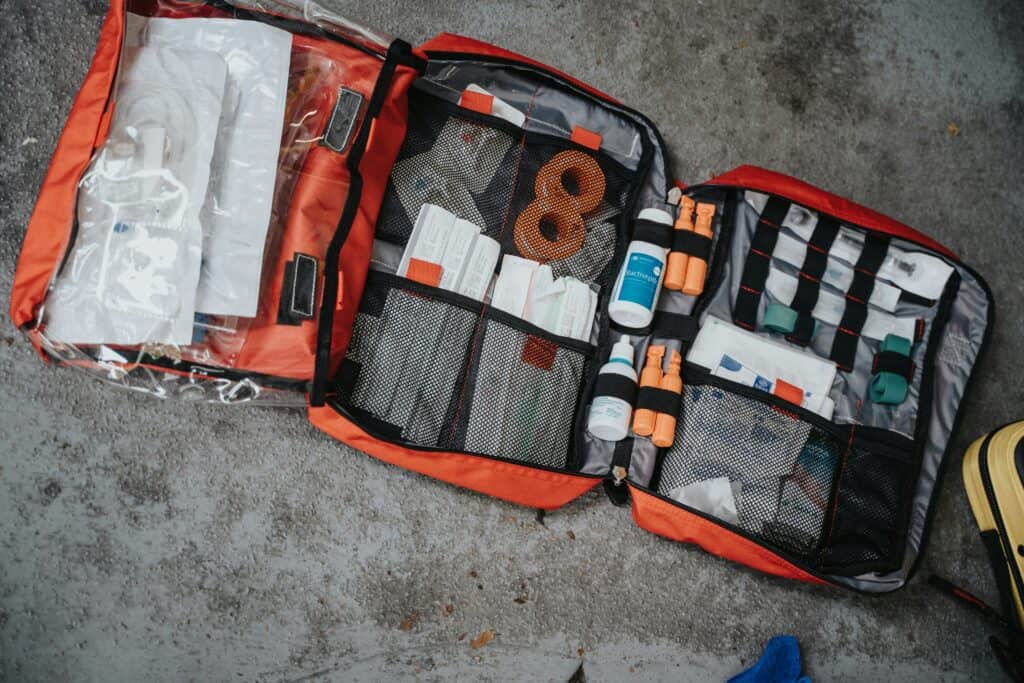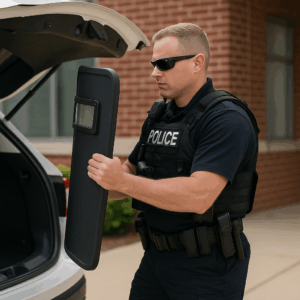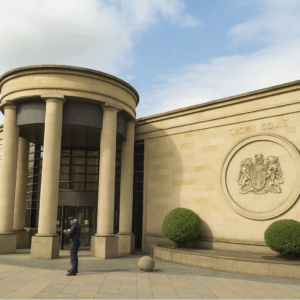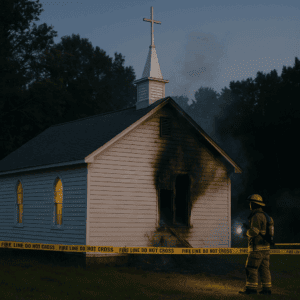The Terms Are Simple…The Execution Isn’t
Most school staff can tell you the difference between a lockdown and a secure drill when asked in a meeting.
But during real incidents, or even drills, the terms blur. Announcements are unclear. Staff hesitate. Doors stay open. People move when they shouldn’t.
And in audits across the U.S., this confusion continues to show up in after-action reports.
Here’s the real difference, and why it matters more than most schools think.
What Is a Lockdown?
A lockdown is used when there’s a threat inside the building. This could be a weapon, a violent person, or an unknown intruder.
During a lockdown:
- Doors are locked and not opened for anyone.
- Lights are turned off.
- Students and staff move out of sight.
- No movement occurs inside or outside the classroom.
- Phones are silenced.
Related: Hard Corners vs. Safe Rooms
The goal of a lockdown is survival…minimize targets, slow the attacker, and stay hidden.
What Is a Secure Drill?
A secure drill (sometimes called a “lockout”) is used when there’s a threat outside the building. That might be police activity nearby, a suspicious person in the neighborhood, or anything that makes it unsafe to let people in or out.
During a secure:
- All exterior doors are locked.
- Classes continue as normal inside.
- No one enters or exits the building.
- Hallway traffic may be limited depending on policy.
Secure drills are about controlling the perimeter, not hiding from a direct threat inside.
External guidance: Standard Response Protocols – I Love U Guys Foundation
Why It Gets Confused
Staff often remember the general idea, but the small differences matter.
Common problems we’ve seen in drills and real incidents:
- Calling for a “lockdown” when the threat is outside, causing unnecessary panic.
- Mixing the terms during announcements (“We’re going into secure lockdown mode.”)
- Teachers unsure if they should continue teaching or hide.
- Parents receiving vague or contradictory messages.
What Happens When You Get It Wrong
When these two are confused:
- Staff stop trusting announcements.
- Drills lose meaning.
- Students start guessing what’s happening instead of following directions.
- Law enforcement doesn’t know what’s actually happening when they arrive.
- It undermines parent confidence, especially if communication isn’t clear.
What To Say Over the Intercom
Clear language matters. Here’s a working model used in districts across the country:
Lockdown announcement:
“Lockdown. Locks, lights, out of sight. This is not a drill.”
Secure announcement:
“Secure. Lock outside doors. We are continuing normal operations inside.”
It’s simple. Repeatable. And doesn’t leave staff second-guessing.
Audit Insight: They’re Checking This
In recent audits, schools have been dinged down for:
- Announcements that don’t match the situation
- Staff confusion about terminology
- Students moving during lockdowns
- Visitors entering during a secure
If your drill logs say “lockdown,” but your staff is operating as if it’s a secure, you’re not compliant, even if everyone followed directions calmly.
Related: Texas School Drill Guidance: Essential Tips for Success
Training Tip: Split the Scenarios
If your safety training treats all drills the same, you’re missing a chance to build clarity.
What to do:
- Run a lockdown drill and a secure drill separately during the year
- Review each one differently in your debriefs
- Train new hires on both in plain language…no acronyms unless you explain them
- Use your own school examples when possible
For church teams: Church Safety and Security: Guide to Policies, Procedures, and Team Training
Final Thought
Confusing these two drills doesn’t just cause stress, it wastes time when seconds matter. And even well-meaning staff can get it wrong without clear, simple, repeated training.
Your EOP may describe both terms correctly, but unless your team can act on them clearly, confidently, and under pressure, it won’t matter.
Train like it’s real. And call it what it is.
Free Download: Lockdown vs. Secure Drill Checklist
Want a printable version of what your staff needs to know and do?
Download our Lockdown vs. Secure Drill Checklist — a one-page quick reference that breaks down each drill and helps your team train with clarity.
Want Full Drill Documentation Templates?
If you’re still tracking drills with scattered notes or outdated logs, grab our Emergency Drill Documentation Bundle for Schools. It includes:
- Editable drill log templates
- Debrief forms for staff and admin
- Evaluation sheets tied to real audit points
- Documentation that helps you prove compliance and improve performance
Explore the Drill Documentation Bundle →
Want Help Fixing Drill Confusion?
We work with public and private schools, as well as houses of worship, to simplify their drill language, fix broken communication plans, and train teams so that everyone on campus knows what to do.








